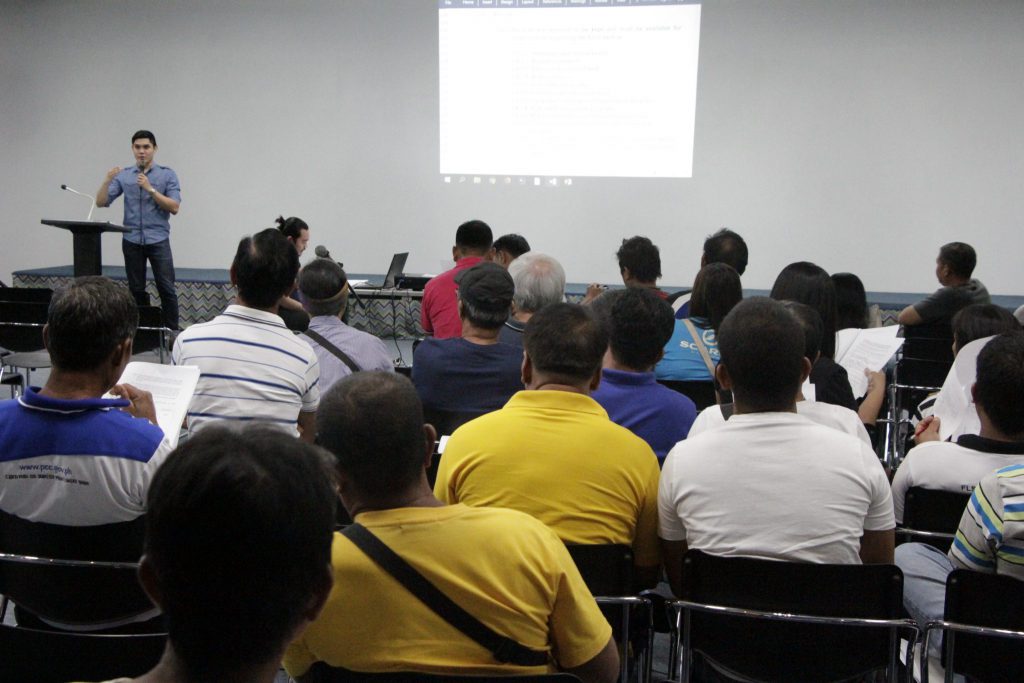Based on the issues raised by the individuals involved in dairy production, certain provisions of the regulations have been revised.
Also, issues related to the regulations were clarified for the better understanding of the stakeholders.
A public consultation was held by the National Dairy Authority in partnership with the Philippine Carabao Center last March 8 at Eusebio Hall, PCC National Headquarters and Genepool, Science City of Muñoz, Nueva Ecija with a total of 104 participants, mostly coming from Regions 1, 2 and 3.
These participants are composed of carabao farmers, cooperative members, middlemen, managers and private entrepreneurs, Cagayan State University and Mariano Marcos State University personnel, PCC veterinarians and staff and DA senior agriculturist.
The most important provision revised during the forum is on Article 4 Section 3 about the Somatic Cell Count which will now be done monthly if possible, and will cost Php6000 per sample.
Issues that were clarified during the forum is that every farm should have a Certificate of Compliance (COC) regardless of the size of the farm. It was emphasized that all farmers are required to apply for COC even if they already have a License to Operate or LTO issued by the Food and Drug Administration (FDA).
To avoid hassle of enrolling individually, cooperatives can get COC for all its members. In cases when someone is both a producer and a consumer, the individual should have two licenses for both fields.
The Dairy Safety Regulations capacities are very important to the people involved for it will serve as their guide in milk production processes. It also includes the licenses needed for the producers and processors.
“The jurisdiction of these NDA regulations only covers the production of raw milk. It will not include the post-harvest processes,” Judith A. Platero, Project Management Officer of NDA, clarifies. The FDA is the one responsible if the milk is already pasteurized.
According to Lennard Bryle Rosal, Food Technologist III of NDA, there are 11 regulatory agencies under the Department of Agriculture (DA) and each of these agencies should make their own regulations.

